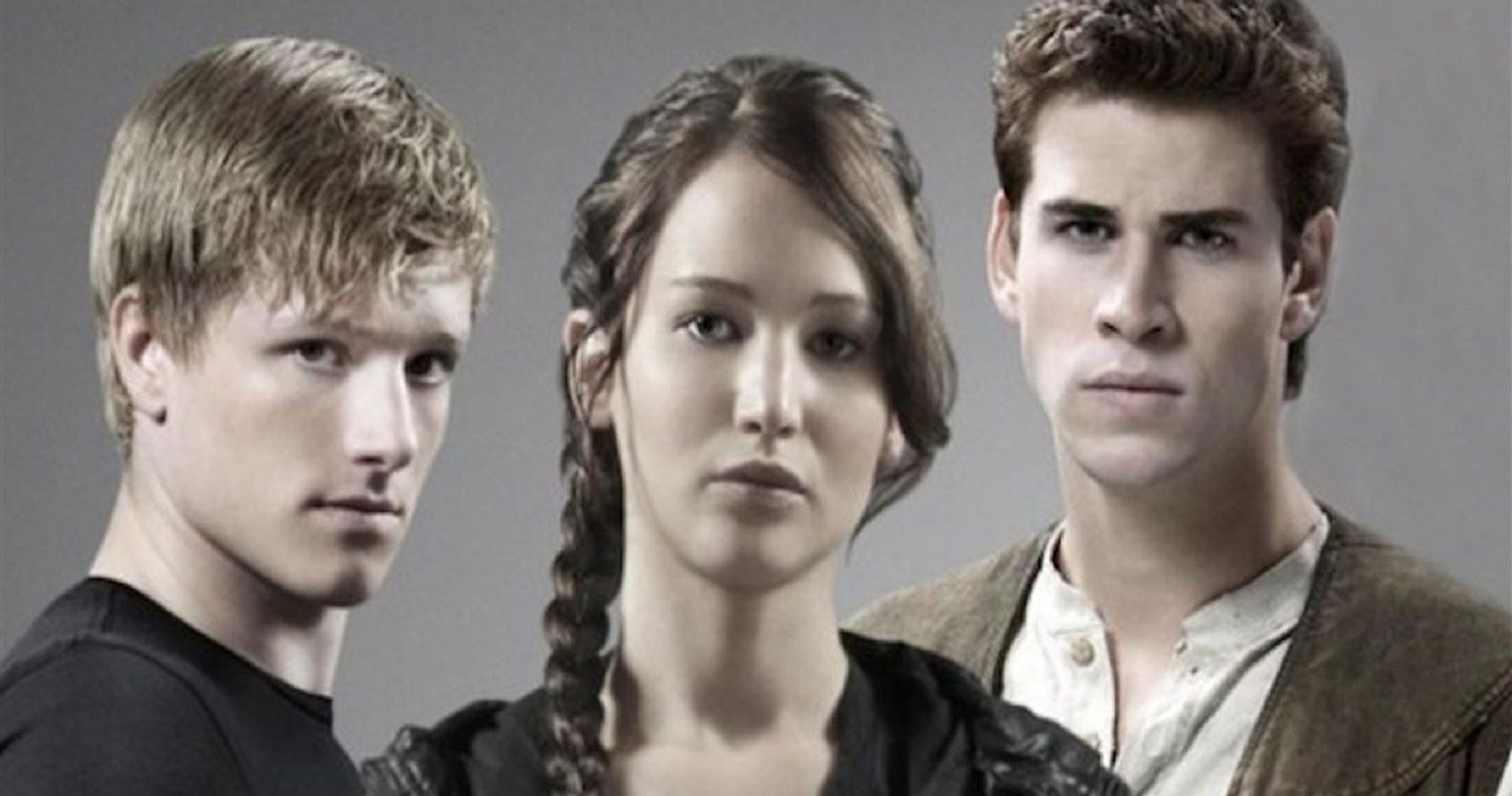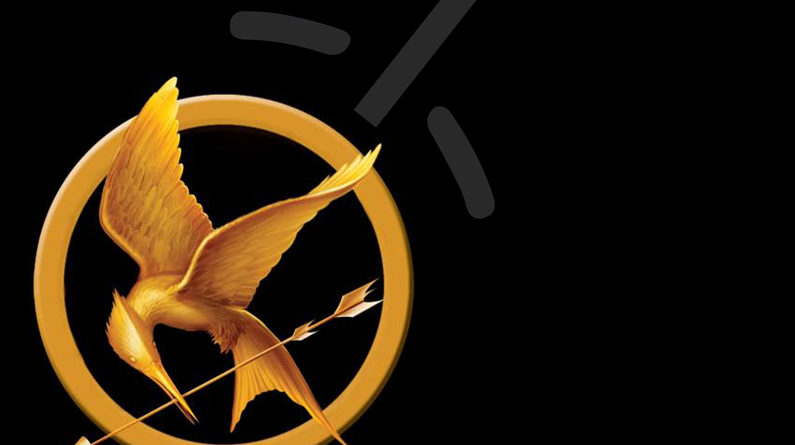A Look Back at The Hunger Games
With the Hunger Games prequel movie, The Ballad of Songbirds and Snakes, releasing this year, it seemed like the proper time to look back on the book that started it all. The Hunger Games books by Suzanne Collins hold a strange place in my mind. The first negative review I ever wrote was on this series, although I doubt that it would hold up. Now that I’ve grown and gotten over my mindless contrarianism, I’d like to give myself a redo.
It’s been observed that when it comes to popular culture, nothing is as hated as whatever teenage girls love. From Justin Bieber to Twilight, whatever teen girls are into seems to end up as a cultural punching bag. I must have been wrapped up in that because I was all too happy to pile on. On rereading, I was rather impressed with the quality of The Hunger Games.
The World

The world of Panem is an effective setting for a post-apocalyptic dystopia, if not a bit underdeveloped in the first book. We get a basic layout of the country, which exists in what used to be the United States. “The Capitol” of Panem exists west of the Rocky Mountains, and there are twelve Districts that span across the old USA. District 12, the home of Katniss Everdeen, exists in the Appalachian Mountains. Every District specializes in a different product or resource. District 12 is the coal district, mining and sending off coal to power the Capitol. In a cool bit of worldbuilding, District 12 miners are forced to mine extra deep because the US also used the Appalachian mountains for coal. I appreciate details like this that make the world feel more alive.
The Hunger Games is an allegory for a few things, but the world seems to be a clear critique of American capitalism. Panem is capitalism pushed to its extremes, or natural endpoint, depending on who you ask. The people in the Capitol are oblivious, materialistic drones that mindlessly consume whatever the corrupt government feeds them. The people of the Capitol either don’t realize or don’t care that all of their products come from basically slave labor by people in foreign colonies. I believe that this is supposed to be a portrait of America, and man is it bleak. Yes, it may be a tad heavy handed, but I would still argue that it’s an effective allegory. I was impressed at least.
Before the Games
The Hunger Games is split into two sections, before the Hunger Games begin and then once all of the tributes are in the arena. If I remember correctly, I was not particularly impressed with the pre-Games portion of the book. There is a lot of exposition, and while some of it is well done, a lot of it just feels like information that needs to be told to you. There’s nothing wrong with that per se, but it definitely isn’t my preferred way of learning about a world. It’s like I’m being told about the world, not shown it. I think that this improves as the book continues, but the opening in District 12 includes a good bit of exposition. A lot of what we learn about District 12 is given through Katniss’s internal monologue. Again, this is all fine, but I did find my attention drifting as I was reading the section of a book before the Reaping (the ceremony where the participants are chosen for the games.)
Once Katniss and the male tribute, a boy called Peeta, have been chosen, they go to the Capitol for preparation and promotion before the Hunger Games begin. This is where the very solid social critique comes back in. As I’ve mentioned before, the people of the Capitol are basically mindless consumers, and their favorite product is the Hunger Games. I think that some of the most interesting and strongest bits of commentary come while Katniss and Peeta are in the Capitol preparing for the games. One scene that struck me was Katniss’s audition. The tributes all have solo audition segments with the “gamemakers,” the group of people who are in charge of running the games. When they finally get to Katniss, none of them are paying her any attention. In protest, she shoots an arrow near them, spearing an apple out of the mouth of a roast pig. She assumes that she’s done for (since firing a weapon at the people in charge is a big no no), but we later learn that she scored the highest out of all the tributes. The explanation given is that the gamemakers like her fiery attitude, but the implied reason is that they are looking for people who will give them content, not people who will follow the rules and such. I think that this scene has aged incredibly well. Not only does this help show the audience the parallels between The Hunger Games and the real world entertainment industry, but it seems to almost predict the era of outrage marketing that we exist in today. This rating system/judges panel, along with a segment where the tributes are interviewed in front of a cheering crowd, draws an unmistakable parallel to competition reality TV. It’s taking people’s lives and wringing them dry for any amount of content and entertainment, but pushed to its extreme. This idea gets fleshed out more, but it’s heavy stuff to think about. Again, I was very impressed with the themes that Collins tackles.
The Games
While I do think that the battle royale part of the book is enjoyable to read, I don’t think that there’s a ton to talk about. We get a lot of character development, and Katniss is a solid hero to root for, but I think that the main purpose of this section is to show how cruel and horrific the Hunger Games are. That might sound obvious, and it is, but I still think it’s useful. Again, The Hunger Games can be read as American culture drawn to its natural conclusion, and the contrast of the horror that Collins writes about, versus the way that the Capitol views what happens is familiar, if not a bit exaggerated.
After the Games/The Love Triangle

After the Games end, I think that Collins adds in a great detail that makes the book for me. Katniss and Peeta are on the same stage that they were interviewed on before they do their post Hunger Games press conference, a video package is played of their experience. We have just read through pages and pages of children ripping each other in a horrific blood sport, but the video package is edited like a romantic love story. I absolutely love this detail. You hear horror stories of people on reality TV shows being shown in completely different lights compared to how they actually acted. Editors can make you look like whatever they want as long as they have enough footage. This detail acts as the cherry on top of the murder sundae for me. For what it’s trying to be, I think that the Hunger Games is almost perfect, except for one sort of large detail.
I hate the love triangle. This may be an instance where this isn’t “meant for me,” but I think that the love triangle is so forced. It actively detracts from my enjoyment of the book. The will-they- won’t-they romance between Katniss and Peeta can stand alone just fine. I could get into the scenes with both of them together. They have solid chemistry, and watching Katniss fall for him is sweet. But for some reason there’s this Abercrombie and Fitch model wearing Bass Pro gear called Gale that is Katniss’s other love interest. Gale is a wet fart of a character. He’s so bland that I’m already out of silly ways to describe him. I wouldn’t be surprised if he was only added in to cash in on the “Twilight” fans that were desperately looking for a new angsty romance. Outside of Gale, I think this is a really solid, enjoyable book. But if young me hated this series just because of the love triangle, then I wouldn’t agree with him, but I would understand. Ultimately, I have a lot of respect for Suzanne Collins and the world she created. I’m looking forward to reading The Ballad of Songbirds and Snakes. After The Hunger Games released, the book market was flooded with dystopia. I believe that The Hunger Games is much more impressive than the books it spawned, and I completely see why this series started dystopia fever.

